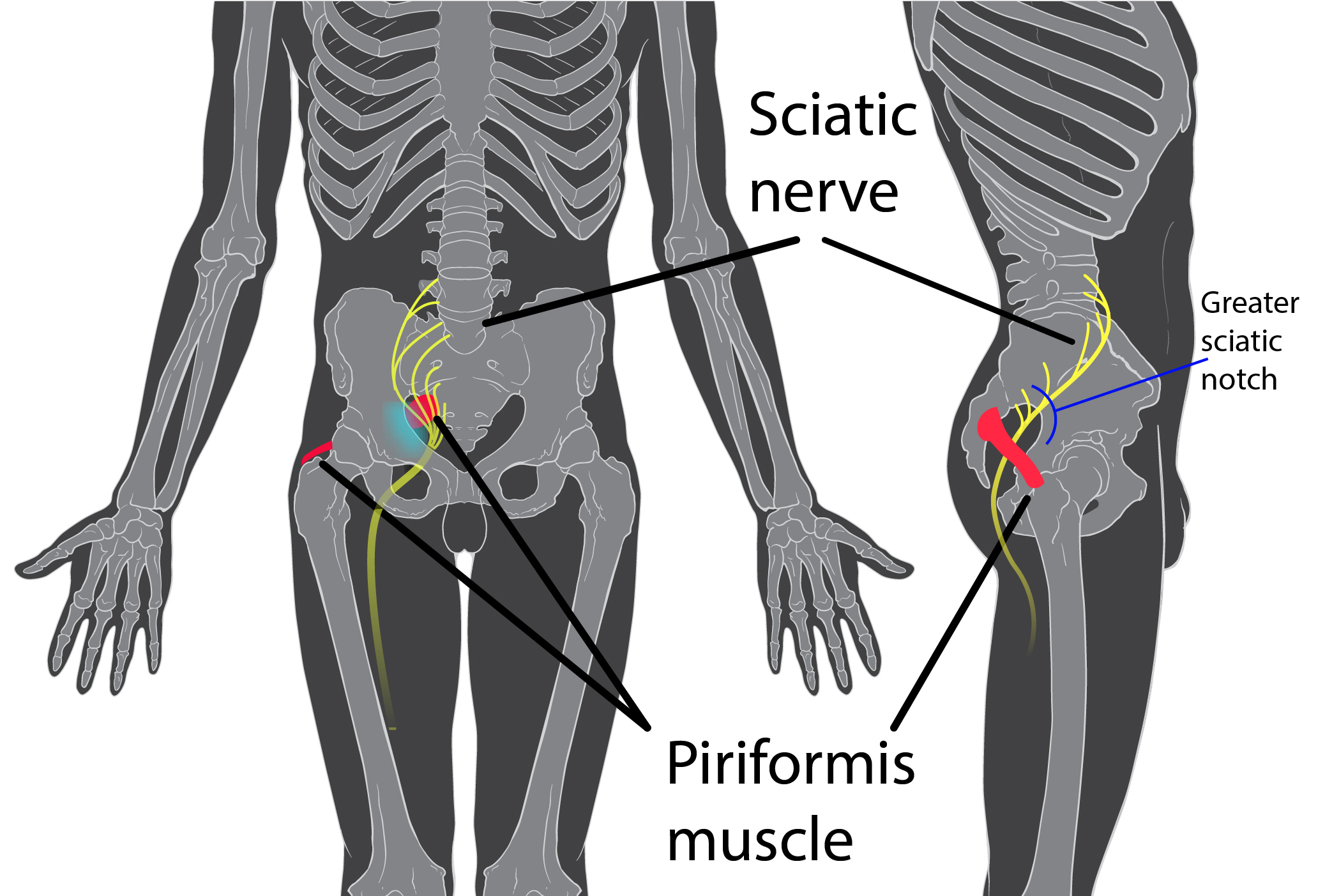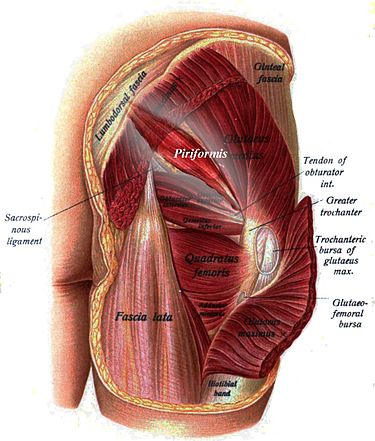nalco group
bone, muscle & joint pain physio
BOOK NOW / WHATSAPP ABOUT YOUR PAIN OR INJURY
- ORCHARD 400 Orchard Road #12-12 Singapore 238875
- TAMPINES 9 Tampines Grande #01-20 Singapore 528735
- SERANGOON 265 Serangoon Central Drive #04-269 Singapore 550265
Home > Blog > Piriformis Syndrome – Sciatica
Piriformis Syndrome – Sciatica

Sciatica can be experienced and sometime described as a "spine-tingling feeling" that travels down our buttock to our knee, and usually on one side.
This feeling is caused by our sciatic nerve (on one side) being irritated by something (usually due to slipped/herniated disc in our lower back that slipped out and presses onto the sciatic nerve, causing sciatica.)
causes of sciatica
Sciatica can be caused by a few things including diseases in the lumbar spine like slipped disc (like mentioned earlier), but also can be caused by:
- chronic hamstring tendinitis or
- fibrous adhesion of the sciatic nerve by the surrounding tissues
Sometimes, in athletes, the piriformis muscle can irritate the sciatic nerve, causing pain in the buttock and causing referral pain along the distribution of sciatic nerve.
Pain caused by irritation of sciatic nerve is called "sciatica", and unfortunately, it also can "travel"
- down the back of thigh
- down the lower back
- down the leg/foot
Patients who suffer from sciatica usually complain of a deep pain in their buttock, which is aggravated by:
- sitting
- climbing stairs
- performing squats

Our piriformis muscle works with our thigh's
- abduction (moving away from midline)
- lateral rotation (rolling out of the thigh bone)
When we have piriformis injury or syndrome, stretching the muscle often duplicates the pain.
piriformis stretch
- To do the
piriformis stretch, lie on your back, and flex the right hip and knee.
- Then as you are grasping your right knee with your left hand, pull the knee
towards your left shoulder.
- This will adduct and flexe your hip.
- Then in this position, use your right hand to hold just above your right ankle, and
rotate the ankle outwards.
- This causes an internal rotation to the hip and
completes the stretch.
From an anatomical perspective, our piriformis muscle is located deep to the gluteal muscles. It originates from the sacral spine and attaches to the greater trochanter of the femur, which is the big, bony "lump" on the outside top of the thigh.
The sciatic nerve usually passes underneath the piriformis muscle, but in approximately 15% of the population, the sciatic nerve travels through the muscle. It is thought when the piriformis muscle is swollen, this will squeeze/constrict/irritate the sciatic nerve, resulting in sciatica.
piriformis syndrome diagnosis
Piriformis syndrome is usually diagnosed mainly on the basis of
- symptoms and
- physical exam
Unfortunately, there are no tests that can accurately confirm the if patient has piriformis syndrome or not BUT the physician/doctor may instruct for:
- X-rays
- MRI and
- nerve conduction tests
to exclude other diseases and firm up this diagnosis.
Once piriformis syndrome is properly diagnosed, patient will be treated with a series of physiotherapy:
- any secondary or other conditions that may influence this condition will also be treated eg ergonomics, overpronation of the foot etc
- progressive piriformis muscle stretches (started with gentle and then pushing/stretching up to 60 seconds of sustained stretch per stretch). Repeated 6-12 times (or more) per day
- ultrasound therapy for accelerated soft tissue healing
If these approaches doesn't work over 4-6 sessions, then we may recommend patient see a sports physician or orthopedic surgeon to get a H&L/corticosteroid injection into the piriformis muscle.
(Last option is surgical intervention).
